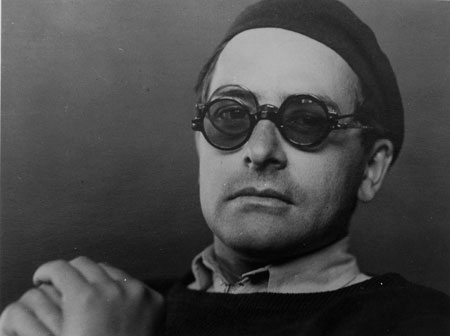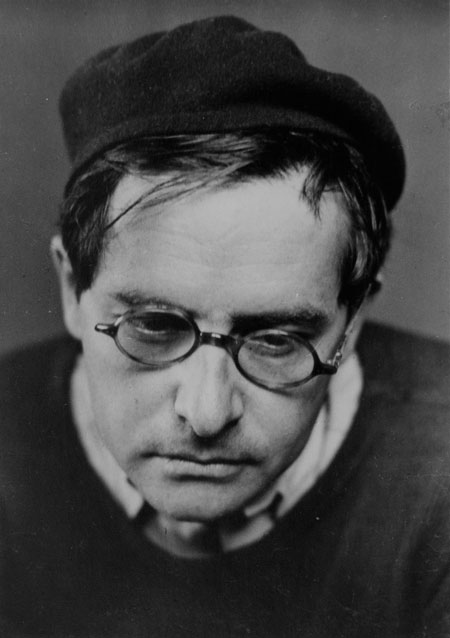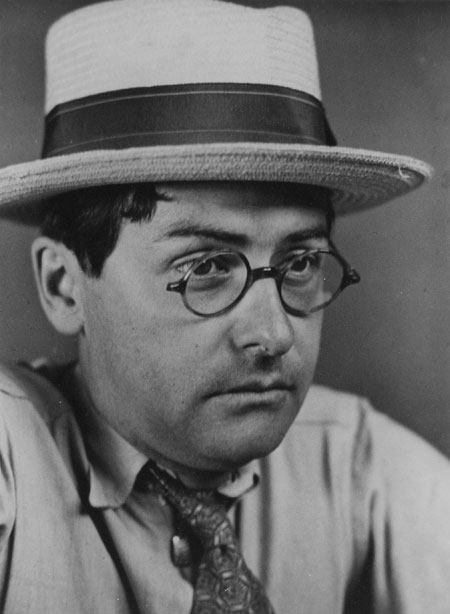 |
Sonia Noskowiak (1900–1975) |
||
Sonya Noskowiak began her photographic career as studio assistant to Johan Hagemeyer in 1925 and within less than a decade exhibited alongside Ansel Adams, Edward Weston, and Imogen Cunningham. Like her Group f/64 counterparts, she produced sharp-focus studies of natural and man-made objects, which emphasized photographic presentation rather than subject matter. Following an intense period as a creative photographer, Noskowiak maintained a portrait studio and pursued documentary photography. Noskowiak was born in Leipzig, Germany, and spent her childhood years in Chile, Panama, and California, as her father sought employment in gardening and landscape design. At age 19 she moved to San Francisco, enrolled in secretarial school, and then worked at photographer and horticulturalist Johan Hagemeyer’s Los Angeles studio. Through Hagemeyer, Noskowiak met Edward Weston, and began her photographic career in earnest. From 1929 to 1935 they had a close personal and professional relationship; she lived with him as a companion, model, and mother to his children. He offered her artistic and technical expertise, and shared in the enthusiasm of her first successes. He inspired Noskowiak to notice the visual potential of her surroundings and taught her the rudiments of interpreting them with her camera. When Noskowiak’s relationship with Weston broke apart in 1935, her life and work changed considerably. Eager to leave Carmel, she moved back to San Francisco, where she established a portrait studio and was one of eight photographers hired for the California region of the Federal Art Project (FAP), a division of the Works Progress Administration, from 1936 to 1937. It is unclear whether the social concerns of the FAP caused the shift in Noskowiak’s work, but by the mid-1930s she was photographing in a new way, replacing her intimate studies of nature with far more expansive and distant views of rural and urban landscapes. The shift was both stylistic and conceptual. Noskowiak no longer perceived the land in strictly aesthetic terms but as a place where people lived and worked. Where the photographer had once rejected all references to a broader context, she became increasingly inclusive and specific, using the camera to describe rather than fragment her surroundings. |
|||
Jean Charlot 1933 | Silver Gelitan Print | |
|||
|
|||
Portrait of Jean Charlot 1933 | 5x7 Silver Gelitan Print | |
|||
 |
|||
copy print by: Dody Weston Thompson |
|||
Portrait of Jean Charlot 1933 | 5x7 Silver Gelitan Print | |
|||
© 2017 Inland Empire Museum of Art |
|||

